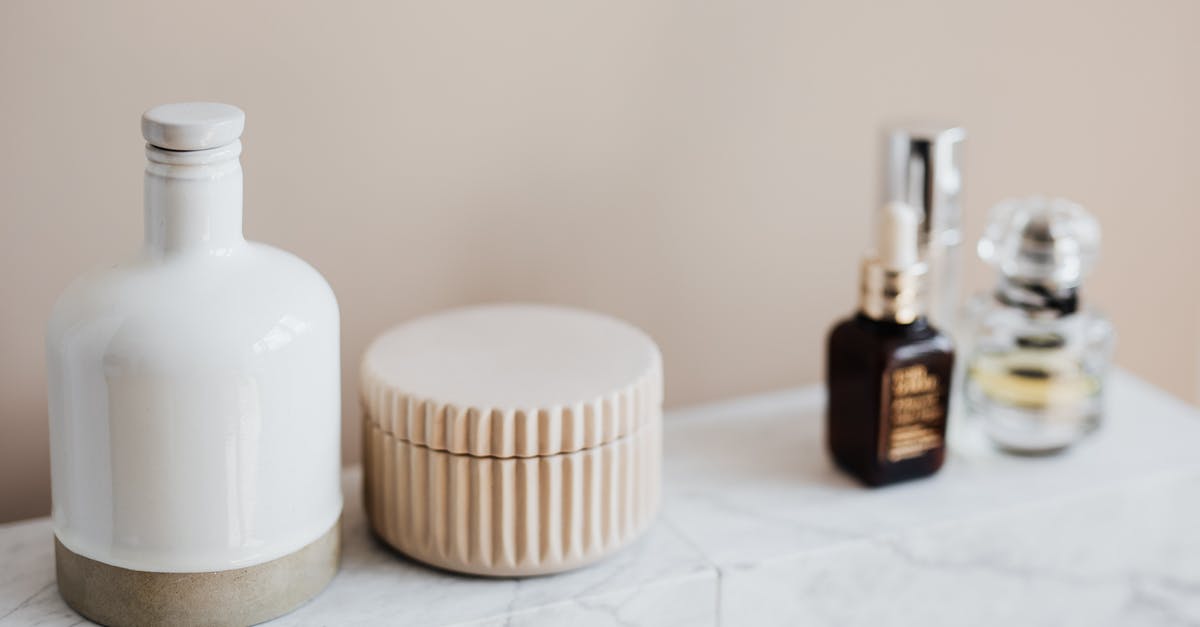Why are all sour cream cultures I've found for sale online labeled as direct set? Why can't I reuse like I do yogurt?

I've realized we go through a lot of sour cream in my household, and I want to start making probably about a pint or two a week during the summer months.
I've been researching for a few hours, and while I haven't found any reusable sour cream culture, I haven't found any reason I can't reuse sour cream culture. On the same websites selling culture, there's reusable yogurt and cheese culture, so I'm pretty sure it's not just a sales tactic.
I've come across a few articles that state you have to be careful with reusing culture for other fermented milk recipes. It looks like contamination with other bacteria is a concern even with yogurt. Learning that, I may just go ahead and start setting aside my culture for the next batch right off the bat, before any spoon or air contamination can hit the yogurt. I learned from my parents, who reuse from the bottom of the pot when we're getting low.
The only reason I can think of for sour cream being an issue is temperature. I assume that at 75 degrees, a lot of different bacterias can thrive. With yogurt at 110 degrees, maybe it's more of a hostile environment to unwanted bacteria, making it more easily reusable?
If that's the case, I think I can make a jar of sour cream and pour it into an ice cube tray and freeze it to provide myself with culture for a few more batches out of that one.
If there's something special about sour cream culture that it's not reusable at all, why is it special, and can I make my own through some process?
Best Answer
If you can't find a reusable sour cream starter, you can use buttermilk starter. Some bloggers and biology/chemistry professors just use fresh active buttermilk as a starter rather than ordering some online. If you look at the various labels and product pages, you will find that both the buttermilk and sour cream starters contain the same four cultures: Lactococcus lactis subsp. lactis, Lactococcus lactis subsp. cremoris, Lactococcus lactis biovar diacetylactis and Leuconostoc mesenteroides subsp. cremoris.
In the Q & A for their buttermilk starter, culturesforhealth.com also provides this tip for using it for sour cream:
It is best to maintain it in regular whole milk, rather than reculturing cream long term.
On another page, Dr. Frankhauser goes on to say:
SOUR CREAM is produced by the same bacteria as buttermilk, but the starting milk product is pasteurized light cream. Bacteria are less numerous than in buttermilk.
This may be related to the lower concentrations of lactose found in unfermented milk products that contain higher percentages of fat. My best guess is that companies don't market the sour cream starters as heirloom or reusable because starting the new batch from the last batch may not reliably provide results that are as robust over time as their other products. If you just use milk for your starter, you can reuse it over time.
Pictures about "Why are all sour cream cultures I've found for sale online labeled as direct set? Why can't I reuse like I do yogurt?"



Does sour cream have the same cultures as yogurt?
Yogurt is fermented milk, while sour cream is made of fermented dairy cream. 2. The bacteria introduced to make sour cream is different from the ones used in yogurt. 3.What is the difference between cultured sour cream and regular sour cream?
Cultured sour cream, which is the more common type, is soured and thickened by adding lactic acid bacteria to pasteurized cream with at least 18 percent milkfat. Acidified sour cream is soured and thickened by the direct addition of an acid, such as vinegar, instead of a fermentation process.What is a direct set yogurt culture?
Direct-Set Culture Direct-set cultures are also known as direct vat inoculate (DVI). These types of cultures are one-time use cultures. A powdered starter is added to milk and allowed to incubate, producing your cultured dairy product.Is cultured cream the same as sour cream?
Sour cream, also known as cultured cream, is produced by the fermentation of high-pasteurized cream that contains 18\u201320% fat content. It is then homogenized at a low temperature, to promote formation of homogenization clusters. The starter cultures typically used for making sour cream are aromatic starters (i.e., Lc.🔵 Truth About Buttermilk - What Is It? How To Substitute?
Sources: Stack Exchange - This article follows the attribution requirements of Stack Exchange and is licensed under CC BY-SA 3.0.
Images: Ketut Subiyanto, Karolina Grabowska, Monstera, Daria Shevtsova
